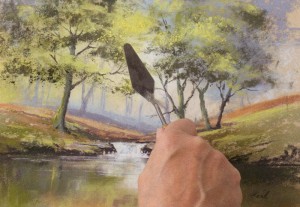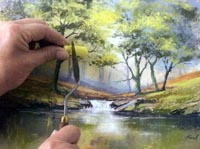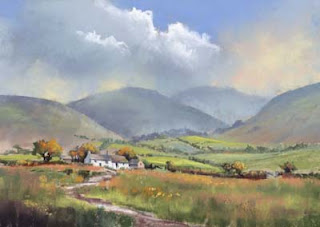Our new website is now up and running.
Come and explore the new website, we have spent two months working on it and we hope you like the new features and the new look.
There are new galleries of paintings for you to browse through, under David and Jenny’s drop down menus. David has four new collections of paintings for you to enjoy.
The shop has been rebuilt with modern features. There are still one or two issues to sort out but you can shop with confidence in the security of the site. We will be adding more items as they become available.
We have imported your account details from the old site but you will need to create a new password. To do this please visit Our Shop, Click on ‘Log In’ on the top right under the shopping basket, enter your email address and ask for a new password by clicking on ‘Forgot your Password?’ An email will be send to you to confirm that you want a new password. Click on the link in the email and a new password will be sent to you in a second email. You can change this to one you prefer once you are logged in with the password you have been sent, just go to your account and My Personal Information.
I am sorry that this is complicated but the new site would not accept passwords from the old site, nor the order history.
Enjoy browsing the new site. Please let us know if you find any broken links and we will attend to it.



 One of the most common problems people encounter when painting landscapes is how to portray a realistic looking rock. It is mainly a matter of light and shade but colour is also an important element. Rocks are rarely one uniform colour and although sometimes the colour range is limited, subtle changes from one tint to another are very effective.
One of the most common problems people encounter when painting landscapes is how to portray a realistic looking rock. It is mainly a matter of light and shade but colour is also an important element. Rocks are rarely one uniform colour and although sometimes the colour range is limited, subtle changes from one tint to another are very effective.


